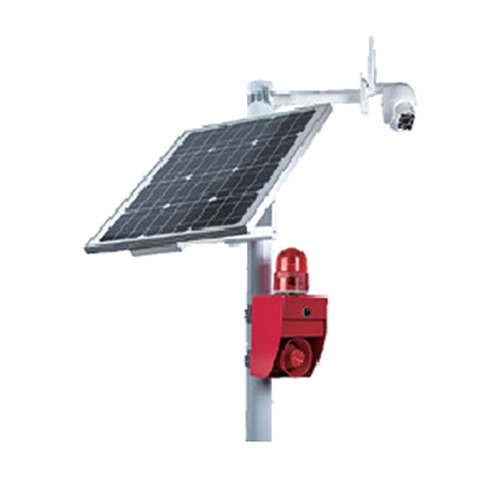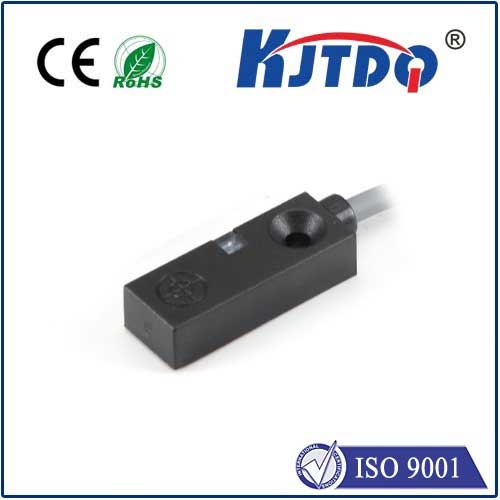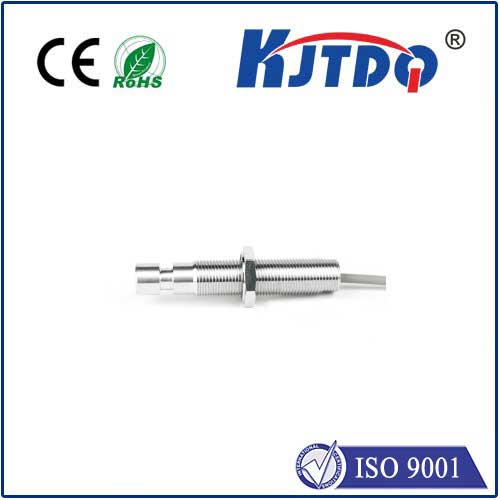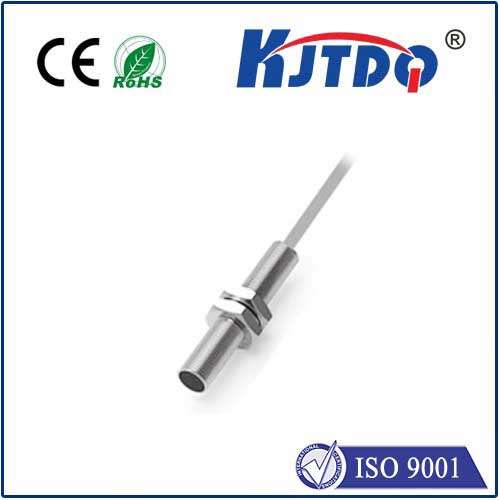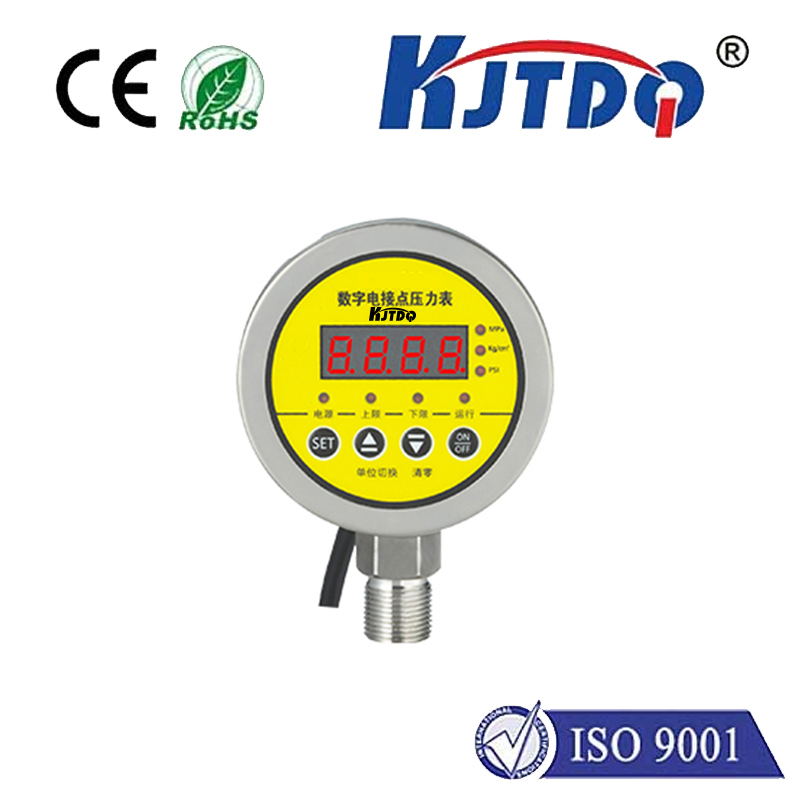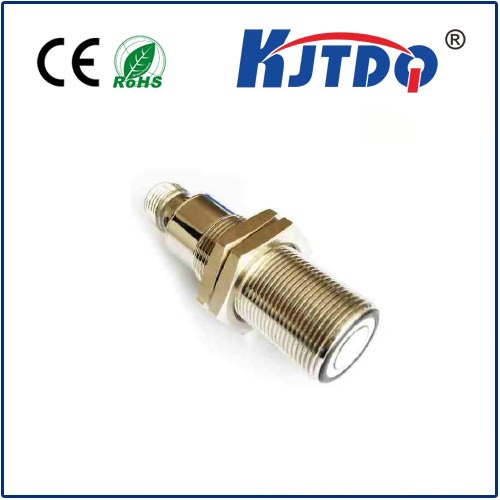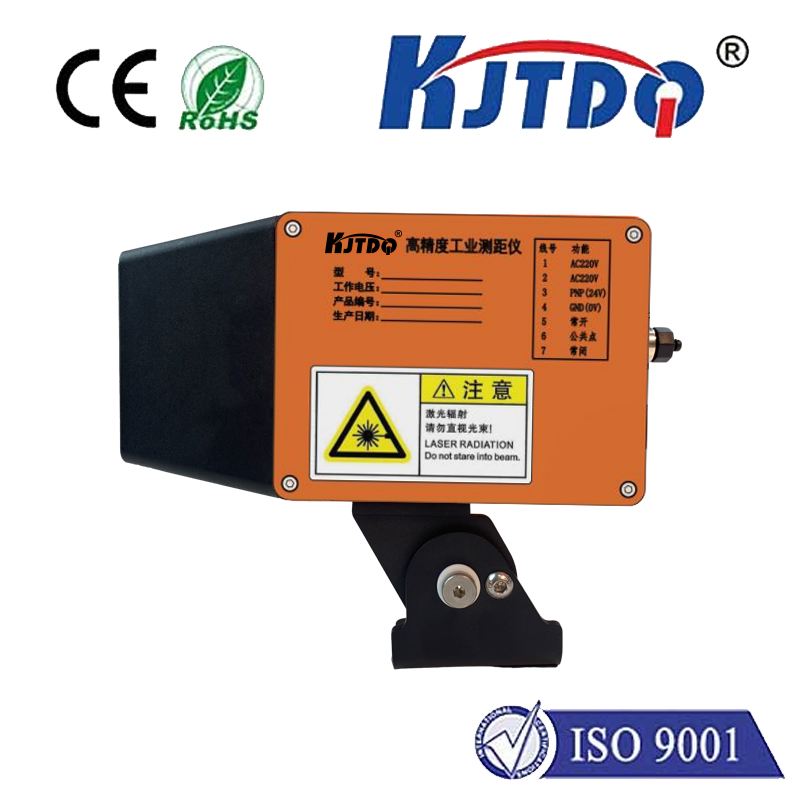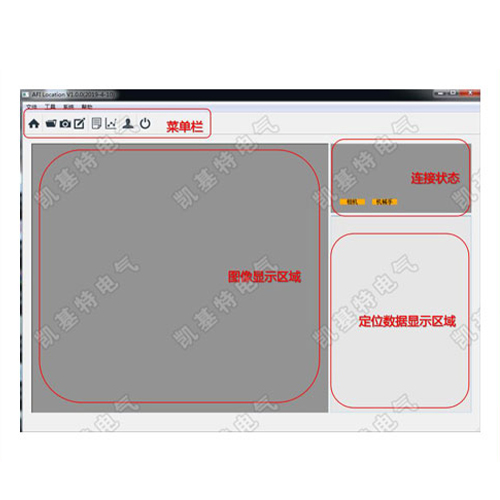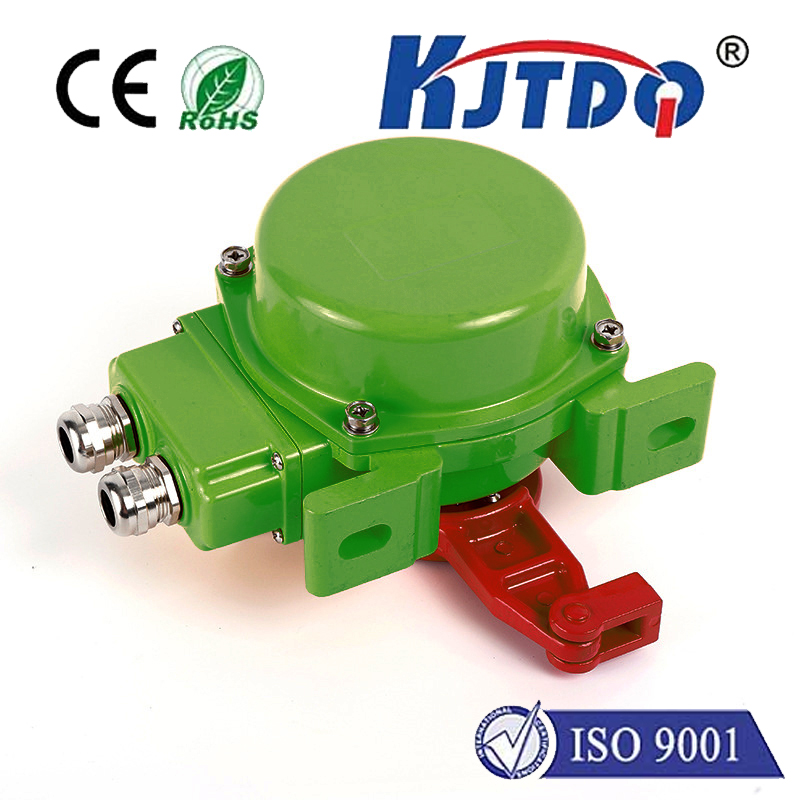роликовый поршневой ограничитель
- time:2025-07-30 11:50:12
- Нажмите:0
Roller Plunger Limit Switches: Precision Meets Durability for Industrial Sensing
Imagine a critical assembly line grinding to a halt. Production delays mount, costs soar, and the culprit? A fragile sensor failed under the relentless impact of a machine component. In countless industrial automation and machinery scenarios, roller plunger limit switches stand as the unsung heroes designed to prevent precisely this scenario. These robust electromechanical sensors combine precise position detection with remarkable resilience, making them indispensable for applications demanding both accuracy and ruggedness.
Understanding the Core Mechanism
At its heart, a roller plunger limit switch functions much like other plunger-operated limit switches. Its core is a precision snap-action switch mechanism housed within a protective body. When an external force depresses the plunger to a predetermined point, this mechanism rapidly “snaps” the internal electrical contacts open or closed, signaling a change in state (e.g., object present/absent, position reached).
The defining feature – the roller tip – sets it apart from standard plunger switches. Instead of a flat or pointed plunger tip, a small, freely rotating roller bearing is mounted onto the actuating plunger’s end.
The Critical Role of the Roller: Friction Fighter and Shock Absorber

This seemingly simple roller modification delivers significant advantages:
- Reduced Friction & Wear: When the switch is actuated by a moving object (like a cam, machine part, or product on a conveyor), the roller rolls against the surface. This dramatically reduces friction compared to a sliding plunger tip. The result? Significantly less wear on both the plunger mechanism and the triggering object, leading to extended service life.
- Smoother Operation: Rolling contact provides a much smoother, more predictable actuation force profile. This minimizes binding or sticking, especially at higher speeds or under dusty conditions.
- Enhanced Shock Absorption: The roller tip acts as a buffer. When struck by a fast-moving object or subjected to vibration, the rolling action helps dissipate impact energy before it reaches the sensitive internal switch mechanism, improving reliability.
- Accommodation of Misalignment: Slight angular misalignment between the moving object and the plunger line is more easily tolerated with a roller tip, as it can roll slightly, reducing side-loading on the plunger shaft.
Where Roller Plunger Limit Switches Excel: Key Applications
Their unique blend of precision switching and mechanical robustness makes roller plunger limit switches ideal for challenging industrial environments:
- Material Handling & Conveyors: Detecting object presence/position on belts, chains, or roller conveyors, especially where products may shift or impact the sensor. The roller handles the impact gracefully.
- Packaging Machinery: Monitoring carton position, gate open/close status, film registration, or product indexing on high-speed lines requiring reliable, low-friction actuation.
- Automated Assembly Lines: Verifying component placement, robotic arm end positions, turret indexing, or fixture clamping.
- CNC Machinery & Metalworking: Setting travel limits, confirming tool changer position, detecting workpiece clamping, or acting as end-of-travel stops on slides.
- Agricultural & Construction Equipment: Monitoring implement positions (e.g., lift arms, bucket angles) in harsh, dirty, and high-vibration environments where ruggedness is paramount.
- Door & Gate Position Control: Ensuring safety doors are fully closed or gates are locked before machine operation begins.
- Printing & Textile Machinery: Register control, roll diameter sensing, or tension arm positioning.
Selecting the Right Roller Plunger Limit Switch: Key Considerations
Choosing the optimal switch involves more than just the roller tip. Key factors include:
- Electrical Specifications: Match the switch’s voltage and current ratings (AC/DC) to your control circuit requirements. Consider contact configuration (SPDT, DPDT common) and make/break capacity.
- Mechanical Specifications:
- Plunger Travel: The distance the plunger must move to trigger the switch (pre-travel, over-travel).
- Actuation Force: The force required to depress the plunger to its operating point. Roller designs typically require slightly higher force than pointed plungers but offer better wear characteristics.
- Roller Size and Material: Rollers come in various diameters and materials (steel, plastic, stainless steel). Larger rollers handle higher impacts but require more space. Material choice depends on corrosion resistance and wear requirements.
- Housing Construction & Environmental Protection: Critical for longevity. Look for robust metal housings (zinc die-cast, aluminum, stainless steel). Environmental ratings, indicated by IP (Ingress Protection) ratings (e.g., IP67) and NEMA ratings (e.g., NEMA 4, 13), ensure resistance to dust, moisture, oil, and coolants. Harsh washdown environments demand stainless steel bodies and high IP ratings.
- Mounting Options: Versatility is key. Common options include sturdy threaded bodies, foot mounting with slots, or side-mounted brackets.
- Operational Environment: Consider temperature range, exposure to chemicals, oils, cutting fluids, and the level of shock and vibration. Industrial-grade models are specifically designed to withstand these rigors.
- Safety Considerations: While primarily control devices, they can contribute to safety circuits. Verify if safety-certified models (like with positive opening contacts) are needed for your specific safety-related function.
- Precision vs. Ruggedness: Finding the right balance is crucial. High-precision applications might favor shorter travel distances, while extremely harsh environments prioritize robust construction and high impact resistance. Roller plunger designs inherently support the ruggedness end of this spectrum while maintaining good precision.
Why Choose Roller Plunger Over Other Actuator Types?
While lever-arm limit switches offer longer reach and different force profiles, roller plunger switches provide distinct advantages:
- Superior Resistance to Impact: The roller tip excels when directly struck by moving objects.
- Compact Size: Offers actuation where vertical space is limited, unlike longer levers.
- Predictable Actuation Point: The linear plunger motion provides a very consistent actuation position.
- High Repeat Precision: The snap-action mechanism ensures reliable switching at the same position every time.
- Simpler Mounting/Aiming: Easier to align with a direct linear path compared to complex lever paths.
Beyond the Basic Function: Integration and Reliability
Integrating a roller plunger limit switch effectively requires secure mounting aligned with the actuating object’s path. Protect wiring from abrasion and strain. Their mechanical simplicity translates directly into high reliability and ease of troubleshooting. When performance does degrade, symptoms often manifest mechanically (sticking plunger, worn roller) rather than electrically, making diagnosis straightforward. Their long life significantly reduces maintenance costs and unplanned downtime caused by sensor failure.
In the demanding world of industrial automation, where accuracy, durability, and uptime are critical, the roller plunger limit switch offers a proven, reliable solution. By effectively marrying the precision of a snap-action switch with the resilience of a roller-bearing actuator, it delivers the consistent performance needed to keep complex machinery operating smoothly and efficiently, year after year. Selecting the right model for the specific environmental and operational demands ensures these robust sensors become a cornerstone of your system’s long-term reliability.

